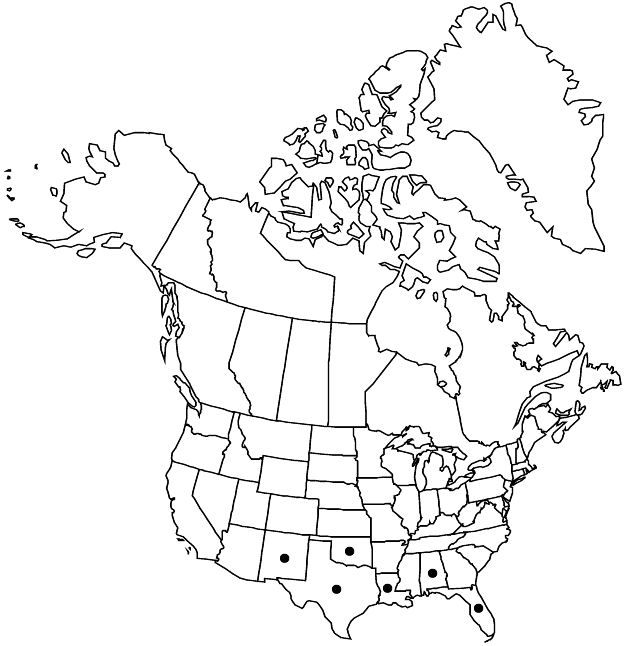Difference between revisions of "Momordica balsamina"
Sp. Pl. 2: 1009. 1753.
FNA>Volume Importer |
FNA>Volume Importer |
||
| Line 52: | Line 52: | ||
|publication year=1753 | |publication year=1753 | ||
|special status=Introduced | |special status=Introduced | ||
| − | |source xml=https://jpend@bitbucket.org/aafc-mbb/fna-data-curation.git/src/ | + | |source xml=https://jpend@bitbucket.org/aafc-mbb/fna-data-curation.git/src/f6b125a955440c0872999024f038d74684f65921/coarse_grained_fna_xml/V6/V6_3.xml |
|genus=Momordica | |genus=Momordica | ||
|species=Momordica balsamina | |species=Momordica balsamina | ||
Revision as of 20:15, 24 September 2019
Stems pubescent to glabrescent. Leaves: petiole 1–4(–6) cm; blade broadly ovate or reniform to orbiculate, palmately 3–5-lobed, 1–9(–12) cm, base cordate, lobes broadly ovate or rhombic-ovate, sinuses 80–90% to base, margins sinuate-dentate, leaf lobes and teeth apiculate, surfaces glabrous or sparsely hairy. Inflorescences: staminate peduncles bracteate near apex, bracts sessile, broadly ovate-cordate to reniform, margins dentate to denticulate; pistillate peduncles ebracteate or bracteate at base to submedially. Petals yellow, obovate, 8–15 mm. Fruits orange-red, broadly ovoid, 2.5–4(–7) cm, beak becoming less prominent at maturity, surface minutely tuberculate, muriculate in longitudinal rows. Seeds ovate-oblong, 9–12 mm. 2n = 22.
Phenology: Flowering May–Sep.
Habitat: Hammocks, disturbed areas, roadsides, fencerows
Elevation: 10–200 m
Distribution

Ala., Fla., La., N.Mex., Okla., Tex., Asia, Africa, introduced also in Mexico, West Indies, Australia.
Discussion
Reports of Momordica balsamina from Alabama and Texas are not documented. Naturalized occurrences of the species elsewhere in the flora area are scattered and uncommon.
Selected References
None.